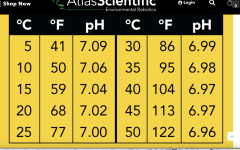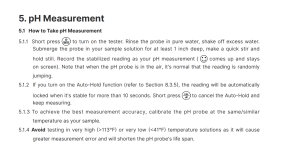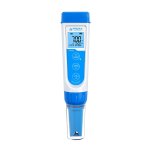Been a while but with
same pool
same equipment
same chlorine method
not lots to discuss but now
Have Apera pH meter. Is cool, more fun than color matching with 82 year old eyeballs but...
Water is cold, like 45.
When I first put the meter in I might see 7.3. After sloshing around for a minute or two I might see 7.9.
Which is the "real" pH? Which should I use?
same pool
same equipment
same chlorine method
not lots to discuss but now
Have Apera pH meter. Is cool, more fun than color matching with 82 year old eyeballs but...
Water is cold, like 45.
When I first put the meter in I might see 7.3. After sloshing around for a minute or two I might see 7.9.
Which is the "real" pH? Which should I use?





